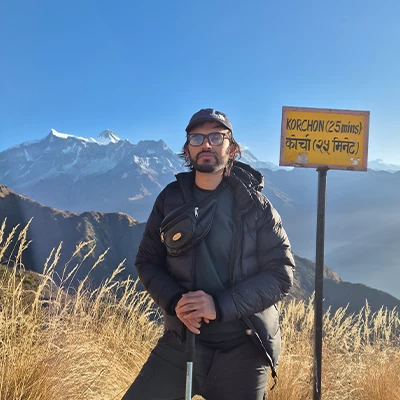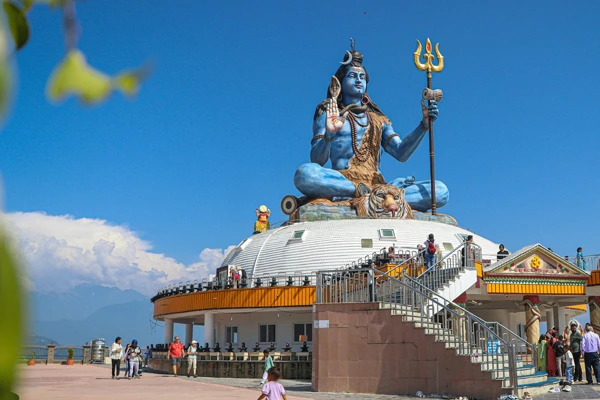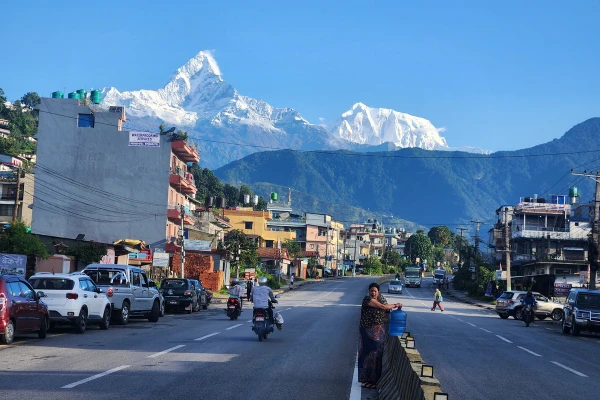Nepal has announced a bold move to attract more mountaineers to its lesser-explored Himalayan peaks. To promote tourism in remote regions, Nepal waives climbing fees for 97 peaks in the Nepal Himalayas in the northwestern Himalayas for the next two years. This initiative aims to shift some focus away from overcrowded peaks, such as Mount Everest, and encourage adventurers to explore Nepal’s hidden gems.
Nepal waives climbing fees for 97 peaks in the Nepal Himalayas
Table of Contents
Which Peaks Are Free to Climb?
The fee waiver applies to peaks in Karnali and Sudurpaschim provinces, near Nepal’s border with China. These mountains range in height from 5,870 meters (19,258 feet) to 7,132 meters (23,398 feet). While Nepal has opened 491 peaks for climbing, most climbers concentrate on between 25-30 popular peaks. By removing permit costs, officials hope to draw attention to these underrated yet stunning destinations.
Why Is Nepal Doing This?
Nepal’s decision to eliminate permit fees is aimed at reshaping the country’s mountaineering economy and supporting underserved regions. The move is designed to stimulate economic growth in Nepal’s poorest areas. The peaks included in this initiative are located in the remote Karnali and Sudurpaschim provinces. These regions lag in infrastructure and tourism development despite their breathtaking landscapes.
Nepal hopes to generate jobs, boost local businesses, and create sustainable income streams by attracting climbers to these lesser-known mountains. As Himal Gautam of Nepal’s Tourism Department explained, the goal is to encourage exploration of "unexplored yet scenic areas,". This decision will help generate revenue from tourism, which could make a transformative difference.
Another key motivation is reducing overcrowding on Everest and other popular peaks. In recent years, Everest has faced severe congestion, environmental degradation, and safety concerns due to excessive climbing permits. Nepal’s government has responded by raising Everest’s permit fee by 36% (to $15,000) and imposing stricter regulations. The Nepalese government had also imposed a potential requirement for climbers to first summit a 7,000-meter peak before attempting Everest. By offering free access to alternative mountains, officials hope to distribute climbers more evenly across the Himalayas.
Finally, this initiative is part of a broader effort to diversify Nepal’s adventure tourism offerings. While the country is home to eight of the world’s ten tallest peaks, the majority of climbers focus on just a handful of well-known summits. By removing financial barriers, Nepal aims to highlight its hidden treasures. These are the unspoiled routes with dramatic scenery but without the crowds. If successful, this could establish new trekking circuits, extend tourist seasons, and strengthen Nepal’s reputation as a mountaineering destination beyond just its legendary giants.
A New Era for Himalayan Climbing?
By shifting focus away from overcrowded giants and toward lesser-known summits, this initiative could redefine Nepal’s adventure tourism landscape. The move not only opens doors for budget-conscious climbers but also represents a strategic effort to distribute economic benefits. The economic flow will also be evenly distributed across the country’s remote western regions.
However, the success of this policy hinges on several factors. Infrastructure in these areas remains underdeveloped, with challenging access and limited support services. Without improvements in transportation, lodging, and emergency response systems, the free permits may fail to attract significant numbers. Additionally, the environmental impact of increased foot traffic on these pristine peaks must be carefully monitored to prevent the kind of degradation seen on Everest.
For climbers, this is an unprecedented opportunity to pioneer new routes in relatively untouched terrain. Yet the very remoteness that makes these peaks appealing also demands greater self-sufficiency and respect for local ecosystems. If managed well, Nepal’s experiment could create a sustainable model for high-altitude tourism.
The coming two years will test whether this vision can become reality. Will the mountaineering community embrace these alternative destinations? Can Nepal develop the necessary infrastructure without sacrificing what makes these areas special? The answers may determine whether we are witnessing a temporary promotion or the dawn of a more balanced era in Himalayan climbing.
Final Thoughts
This is a golden chance to experience Nepal’s Himalayas without permit costs for budget-conscious mountaineers. But with great adventure comes responsibility, as climbers must respect local environments and cultures to ensure these regions benefit in the long run.
Would you consider climbing one of these newly fee-free peaks? Let us know!






